Intermittent Fasting: A Beginner’s Guide to the Fasting Diet
Intermittent Fasting: A Beginner’s Guide to the Fasting Diet
Fasting is something that’s played a key role in virtually all of the world’s major religions and dates back millions of years. Today, though, while fasting is still observed for many religious purposes, it’s become a new lifestyle that helps individuals lose weight, have more energy, and fight disease.
While fasting isn’t a new concept, intermittent fasting is something that has emerged in the past few years. It has gained popularity due to the incredible benefits it offers against signs of aging and disease.
Keep reading to learn about intermittent fasting and why this may want to be a lifestyle change you make.
Understanding Intermittent Fasting
Intermittent fasting is a process that involves cycling in and out of periods where you eat and don’t eat. While people do experience (often significant) weight loss with this eating schedule, it’s not as much of a diet plan as it is a lifestyle choice that provides a wide array of health benefits.
There are several methods used with intermittent fasting. These include:
The 5:2 Method
This is the method that allows you to eat normally for five days a week. The two days after are for fasting, but you still eat. The goal is to keep calorie intake on this day between 500 and 600.
The Eat-Stop-Eat Method
This method is a bit different. With this, you restrict all food for a period of 24 hours. This is repeated two to three times per week.
The 16/8 Method
Here, you consume all your daily calories within a shortened period of time. In most cases, you eat in a period of six to eight hours.
The remaining 14 to 16 hours during the day, you fast. This is the method that can be done daily, or several times a week.
Benefits of Intermittent Fasting
When you switch to intermittent fasting, it will expand your limits while boosting your performance in several ways. Some of the specific benefits offered by this way of eating include:
- Increase energy
- Reduce bad cholesterol
- Protect against various neurodegenerative diseases
- Boost weight loss
- Promote longevity
- Reduce insulin resistance
- Promote cellular repair
As you can see, the benefits are vast. As a result, this may be something you should consider trying.
Tips to Make the Most of Intermittent Fasting
While not eating for specific amounts of time alone offers health benefits, if you want to make the most of this lifestyle choice, there are a few other tips you need to use.
It can’t be a free-for-all when you do eat, as this is going to negate many of the benefits this way of eating offers. Some additional tips include:
- Avoid refined grains and sugars (choose low-carb snacks when possible)
- Don’t snack between meals
- Remain active
- Avoid snacking or eating in the evening and at night
By using these tips, the results of your intermittent fasting will be much more evident.
Be Healthier and Happier with Intermittent Fasting
As you can see, there are several options to consider if you are interested in intermittent fasting. As a result, you aren’t going to feel as deprived or hungry while following this way of eating.
Do you want to make a change to be healthier and happier? If so, let us help! Visit the 21 Day Transformation Challenge to learn more.


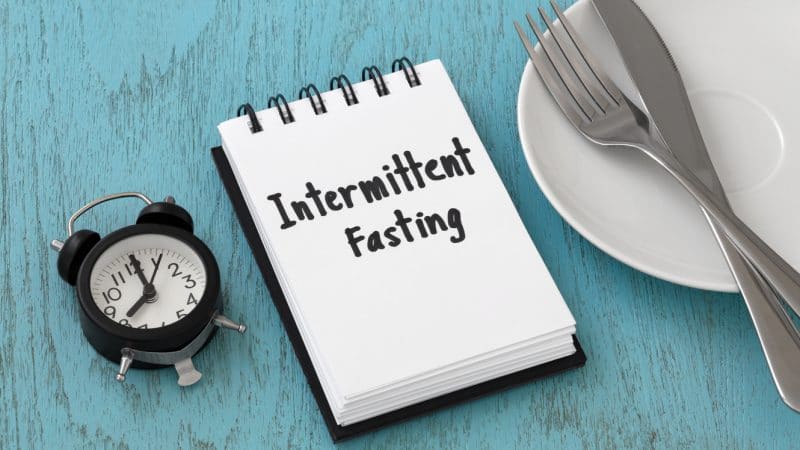
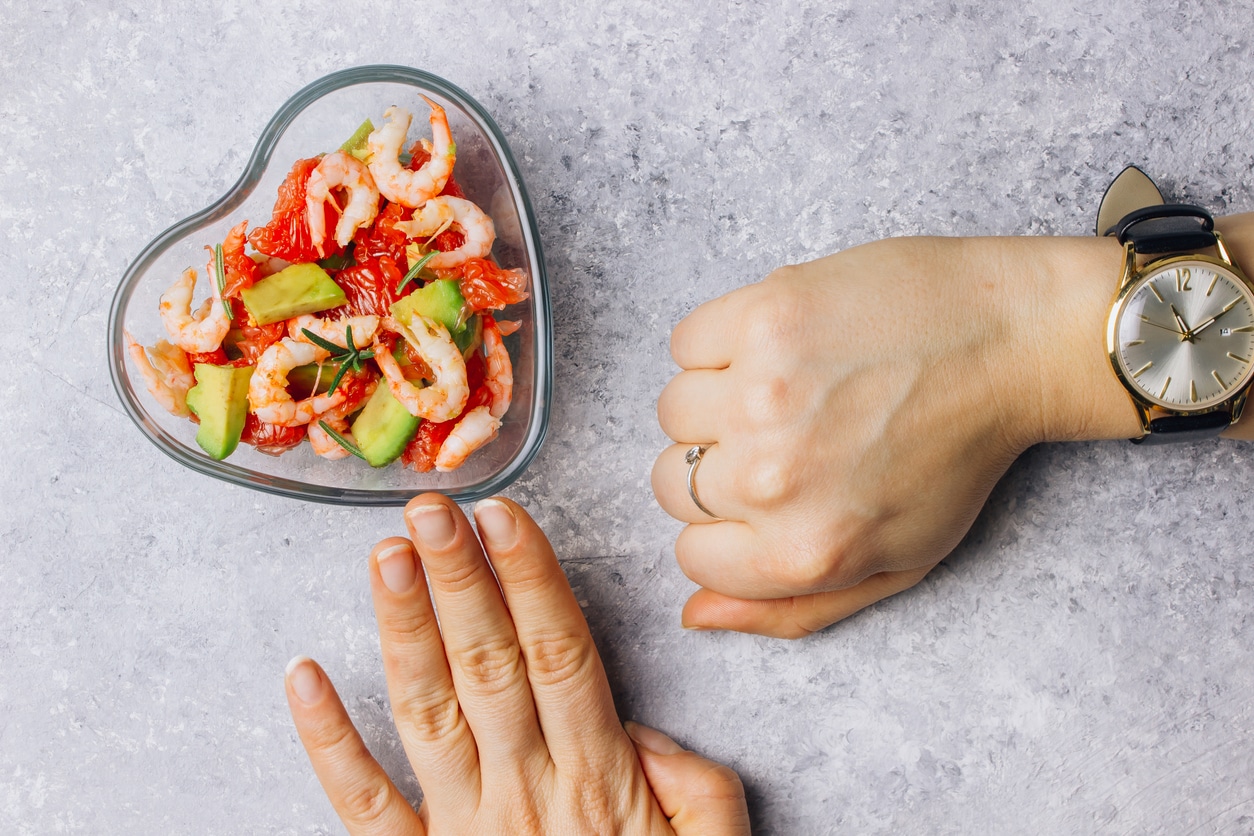
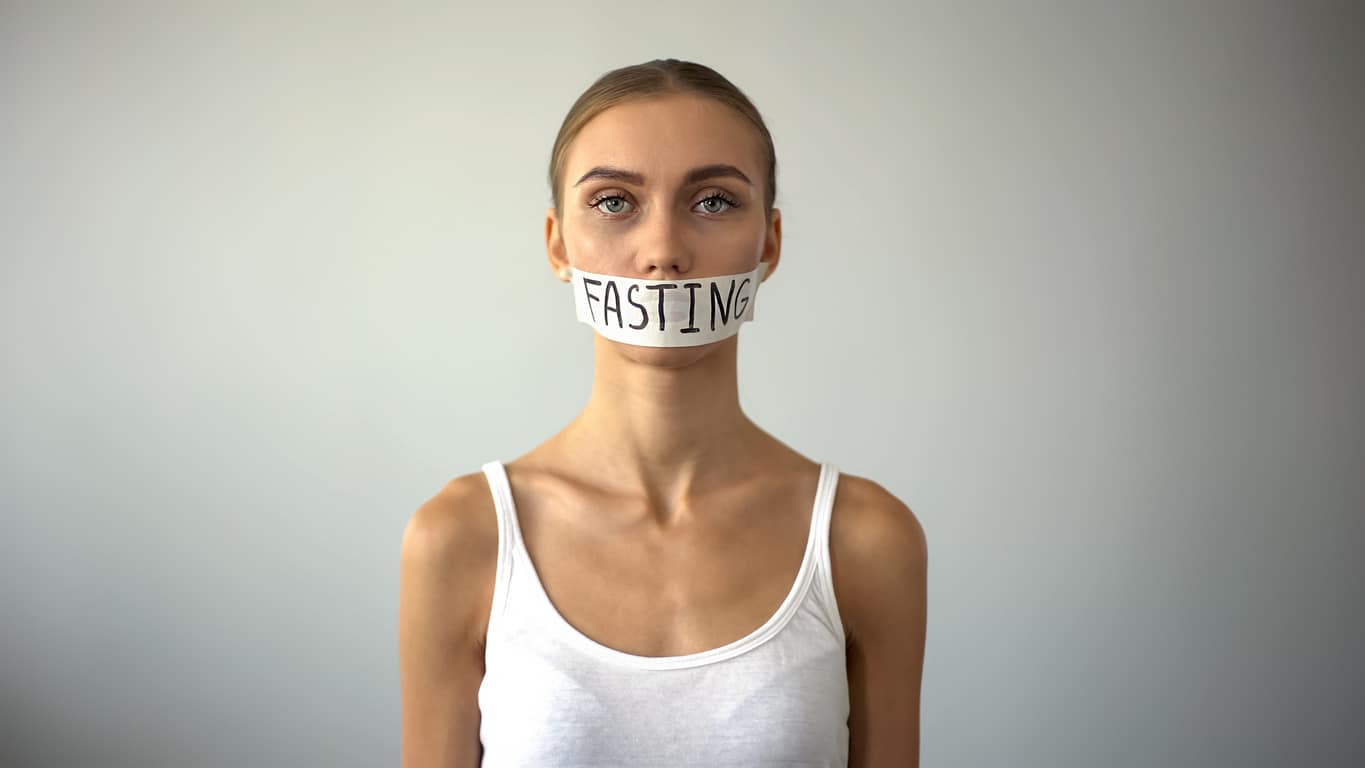
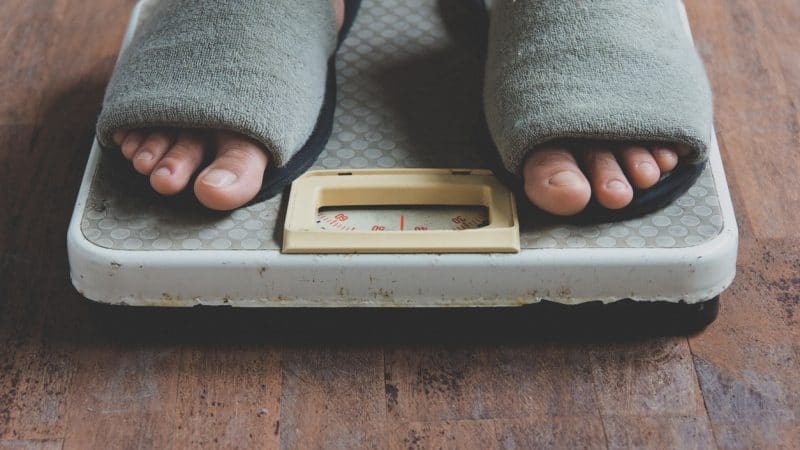









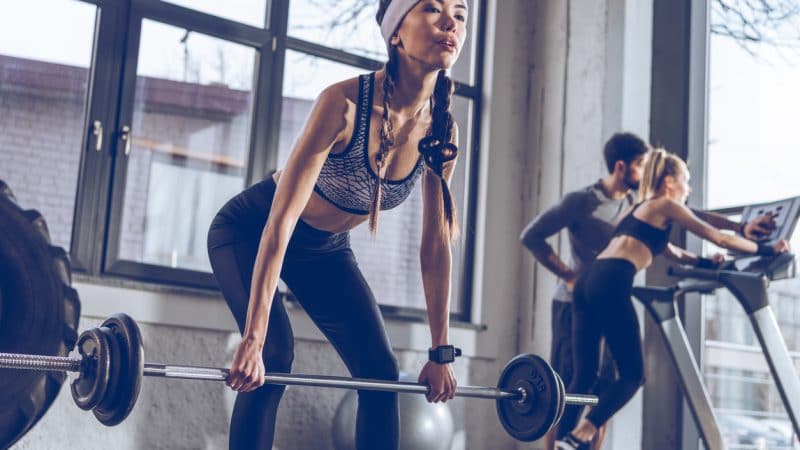

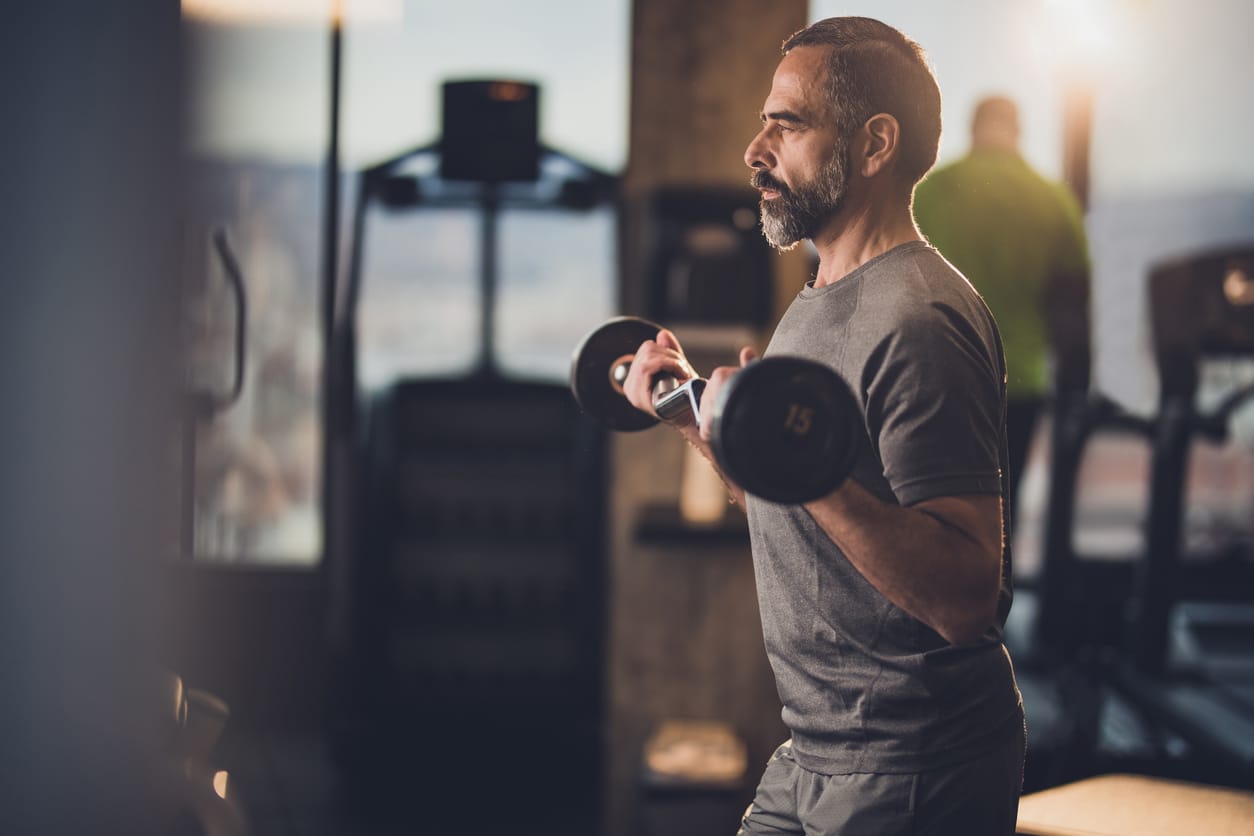






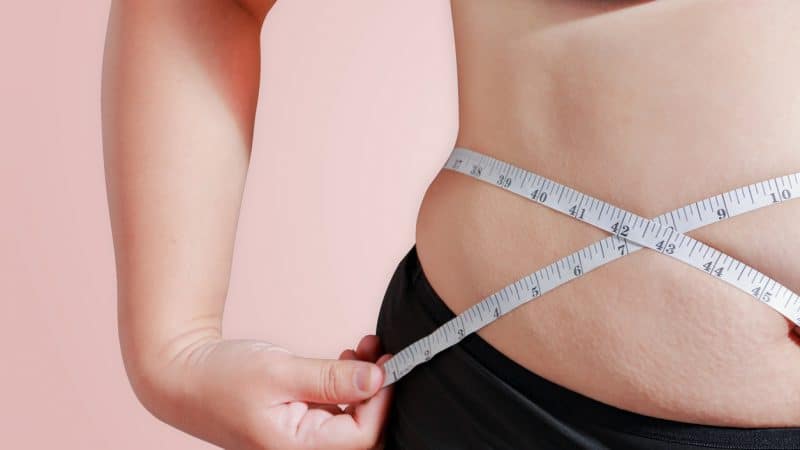
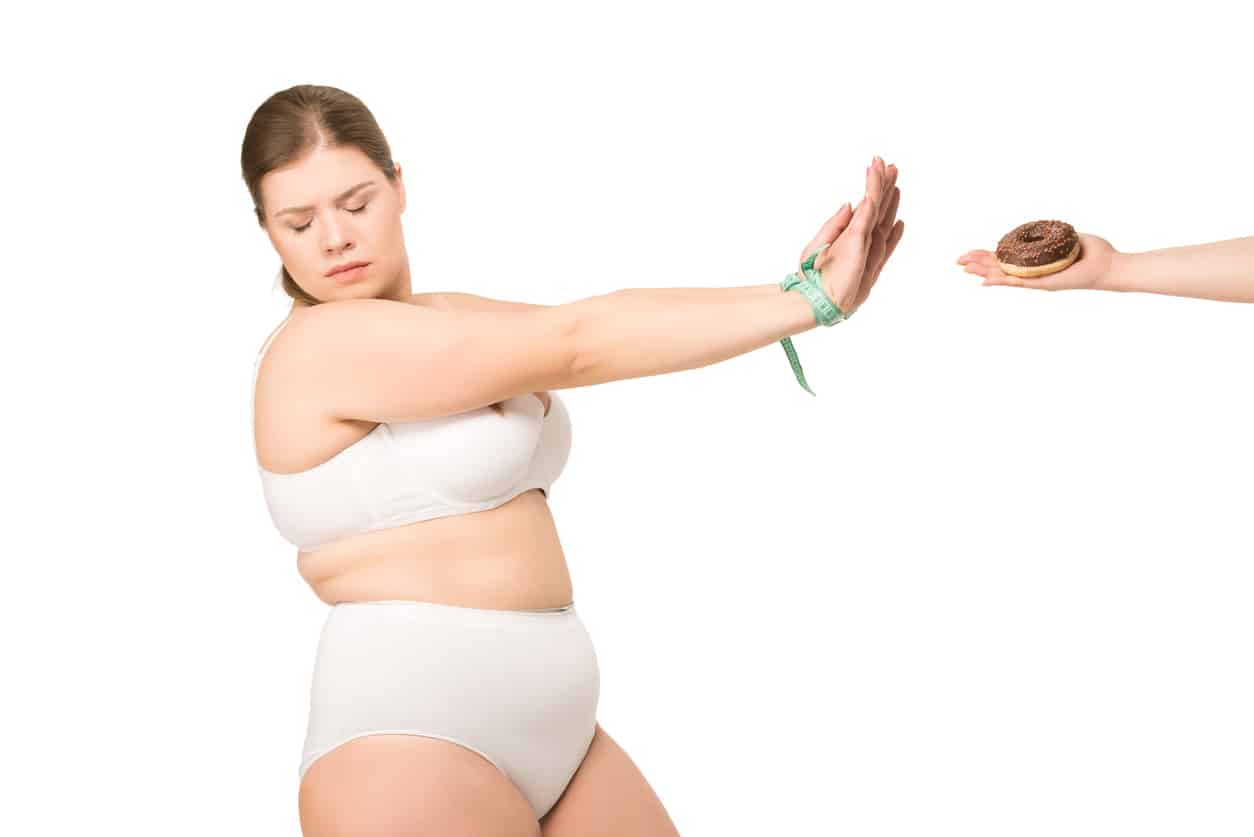

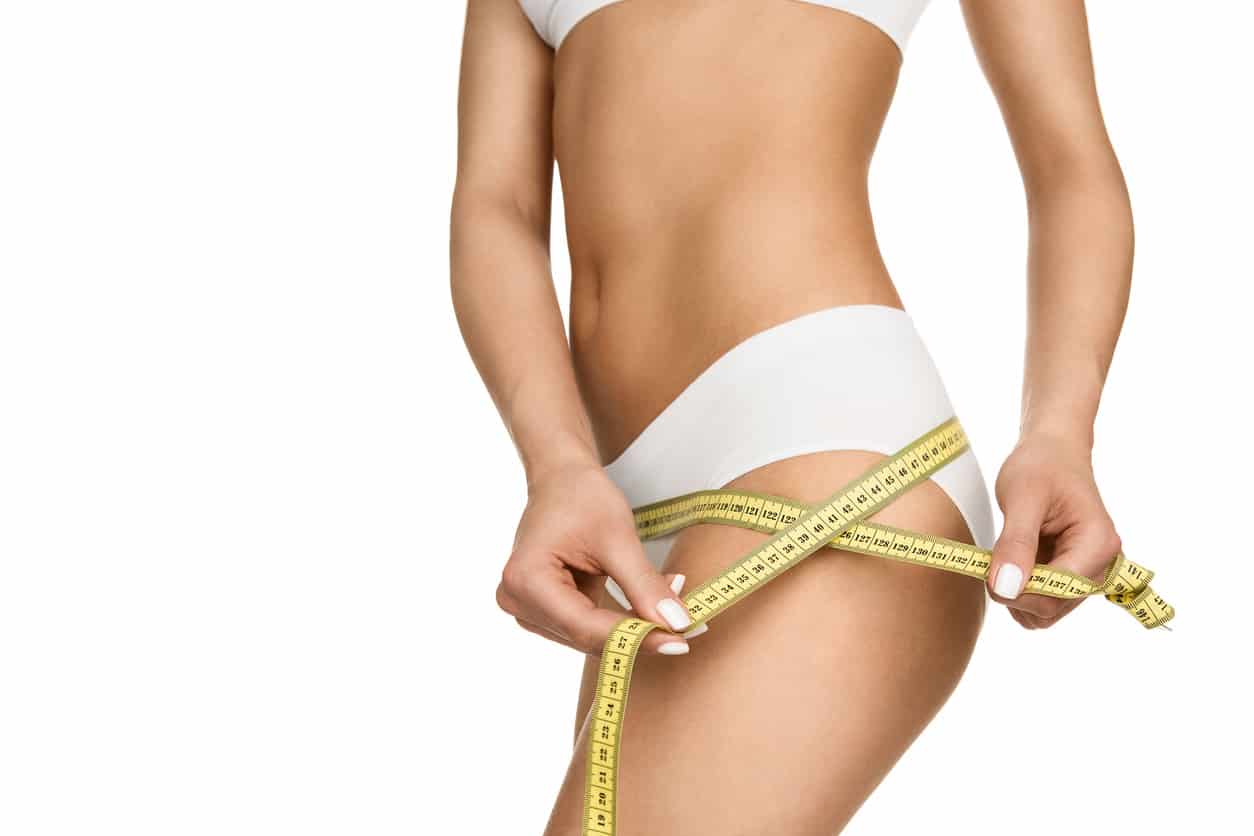





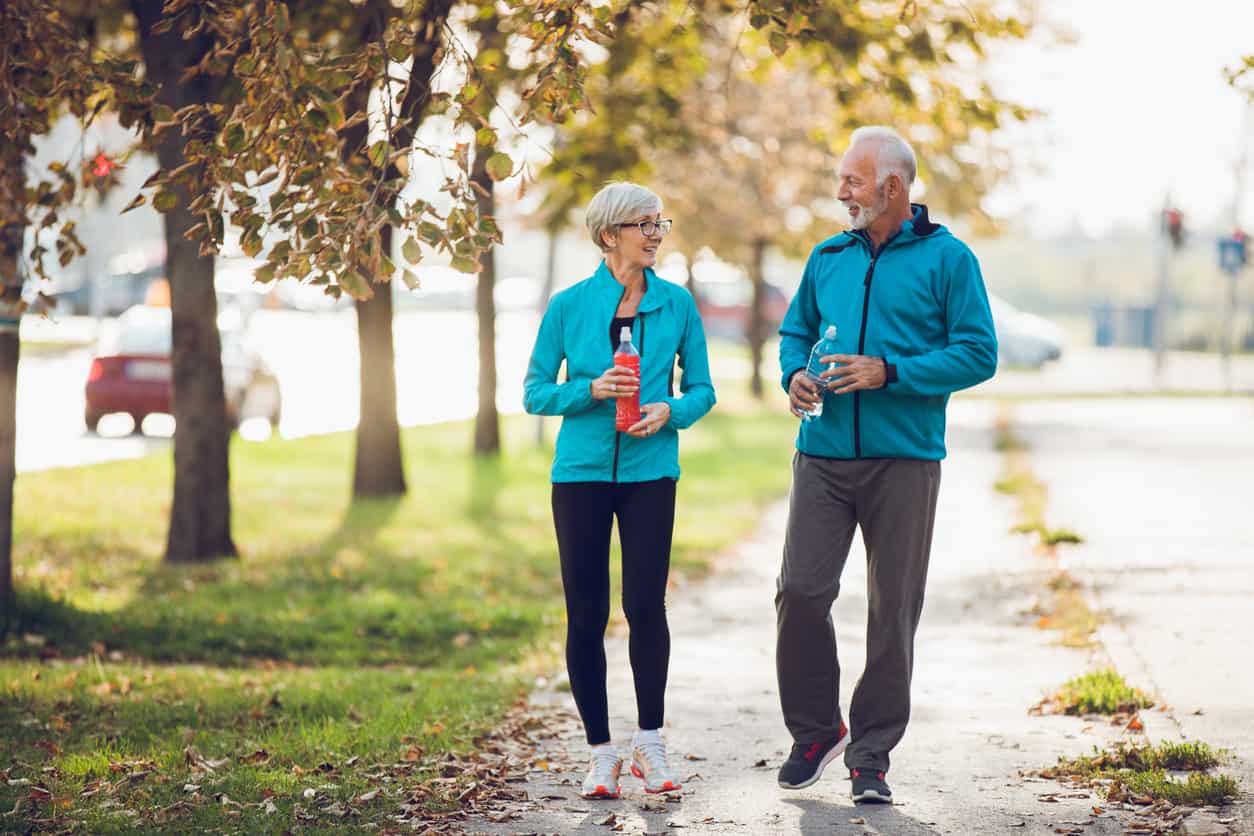




Recent Comments